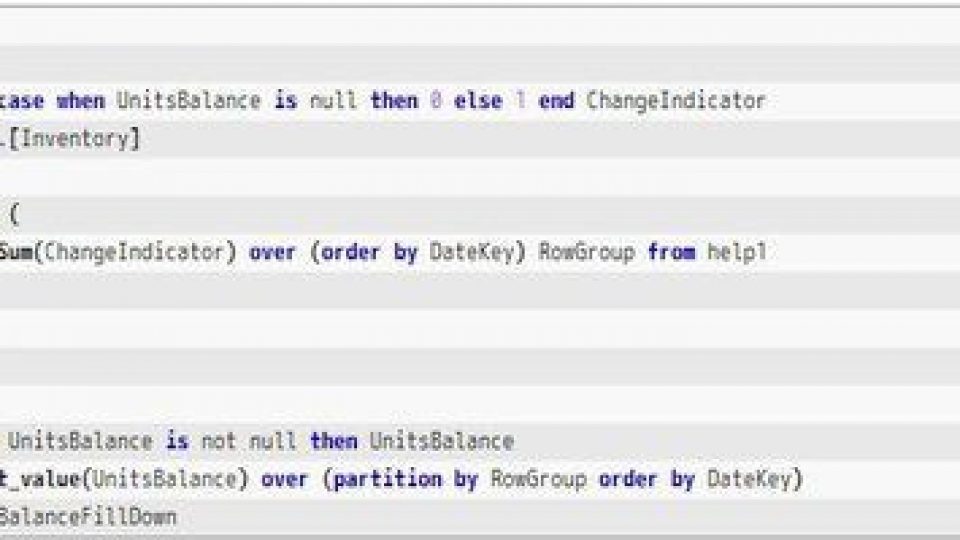- Advanced Analytics
- Azure
- Big Data
- Business Intelligence
- Data Analytics
- Data Lake
- Data Warehouse
- Databricks
- DAX
- DWH Automation
- Information Design
- Internet of Things (IoT)
- Künstliche Intelligenz
- Power BI
- Process Mining
- Reporting
- SAP
- Self-Service BI
- SQL Server
- Agiles Projektmanagement
- Azure Synapse Analytics
- Cloud
- Dashboard
- Data Driven Company
- Data Science
- Datenintegration
- Datenmanagement
- Datenqualität
- Digitalisierung
- Echtzeitanalyse
- Machine Learning
- Robotic Process Automation (RPA)
- Modern Data Warehouse
- Data Analytics Platform
- Power Platform
- Data Mesh
- Data Sustainability
- Datenstrategie
- Celonis
- Confidential Computing
- DATA + AI World
- Data Driven Company
- data governance
- Data Mesh
- Data Strategy
- KI
- Microsoft
- Microsoft Fabric
- Partner
- Process Mining
- Prozessoptimierung
- Recap
- Retail
- SQL
- SQL Konferenz
- Databricks Streaming
- Datenanalyse
- Echtzeitdaten
- Real-Time data
03.12.2020 Christoph Epping
Continuous Deployment: So vermeiden Sie Datenverluste
„Continuous Deployment“ hat in den vergangenen Jahren die Entwicklung von Anwendungen und Datenbanken massiv beschleunigt. Änderungen werden laufend nach festen …
15.04.2020 Lukas Lötters
KI in der Energiebranche: Wie Sie mehr Kunden mit maßgeschneiderten Angeboten gewinnen
Die „Individuelle Kundenansprache“ hat sich zum geflügelten Wort für Unternehmen entwickelt. Gleichzeitig handelt es sich um eine der größten Herausforderungen. …
04.07.2016 Jörn Ebbers
Data Vault Satellite Loads explained
With this blog post i want to continue the series on explaining Data Vault Loads. Today i want to describe the load pattern for Data Vault Satellite. In a Data Vault model …
11.01.2016 Hilmar Buchta
Fill down table in T-SQL (last-non-empty value)
A common task in data processing is to fill null values in a table with the latest existing value. For example, look at the following inventory table …






